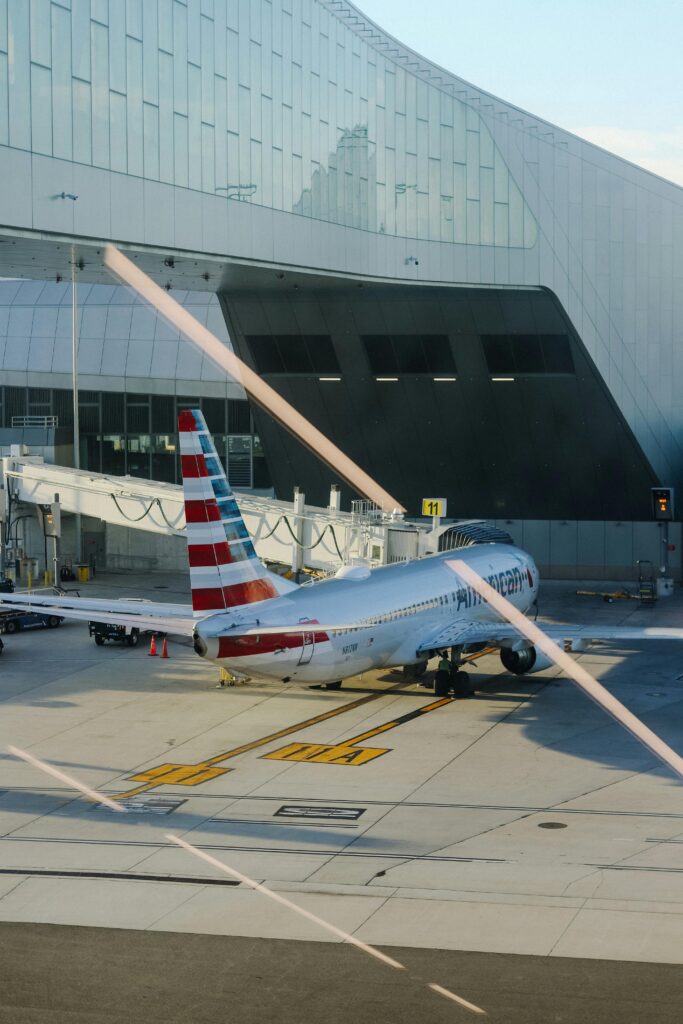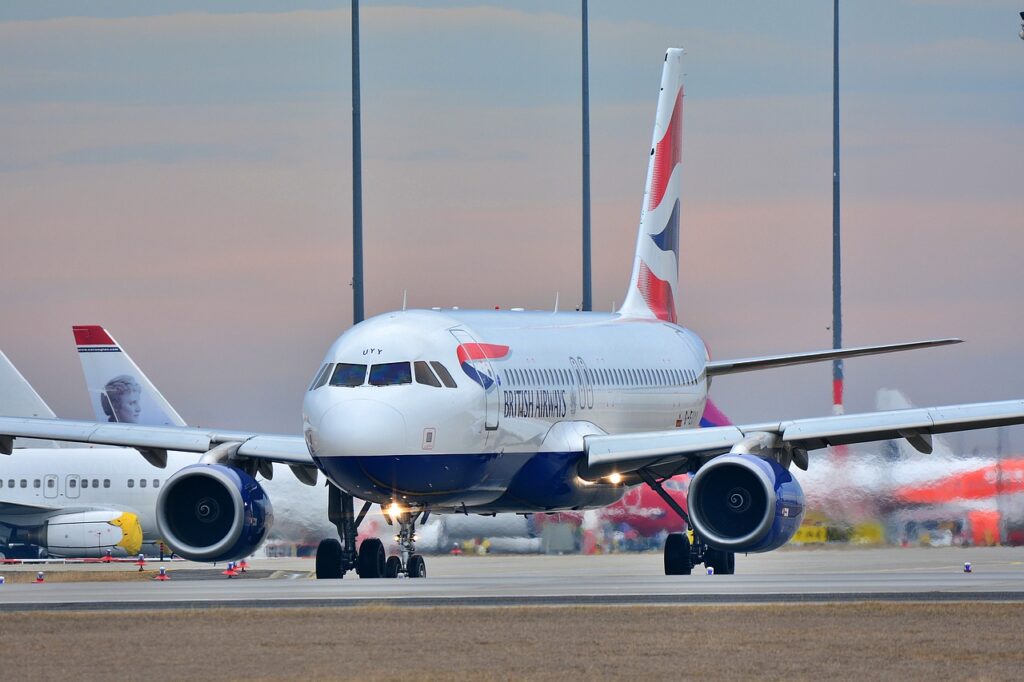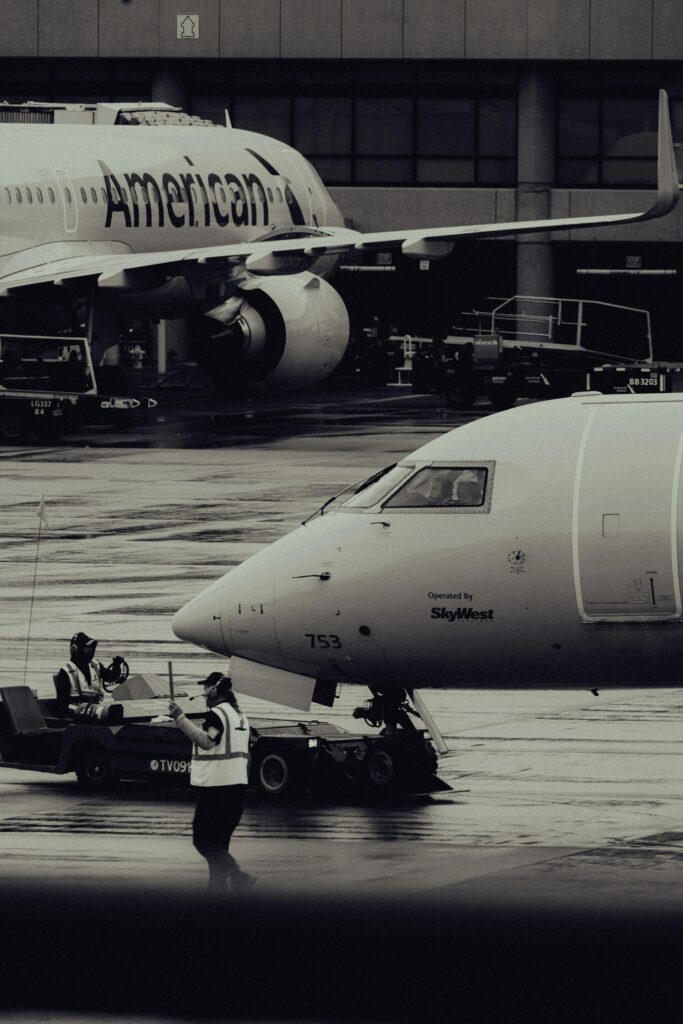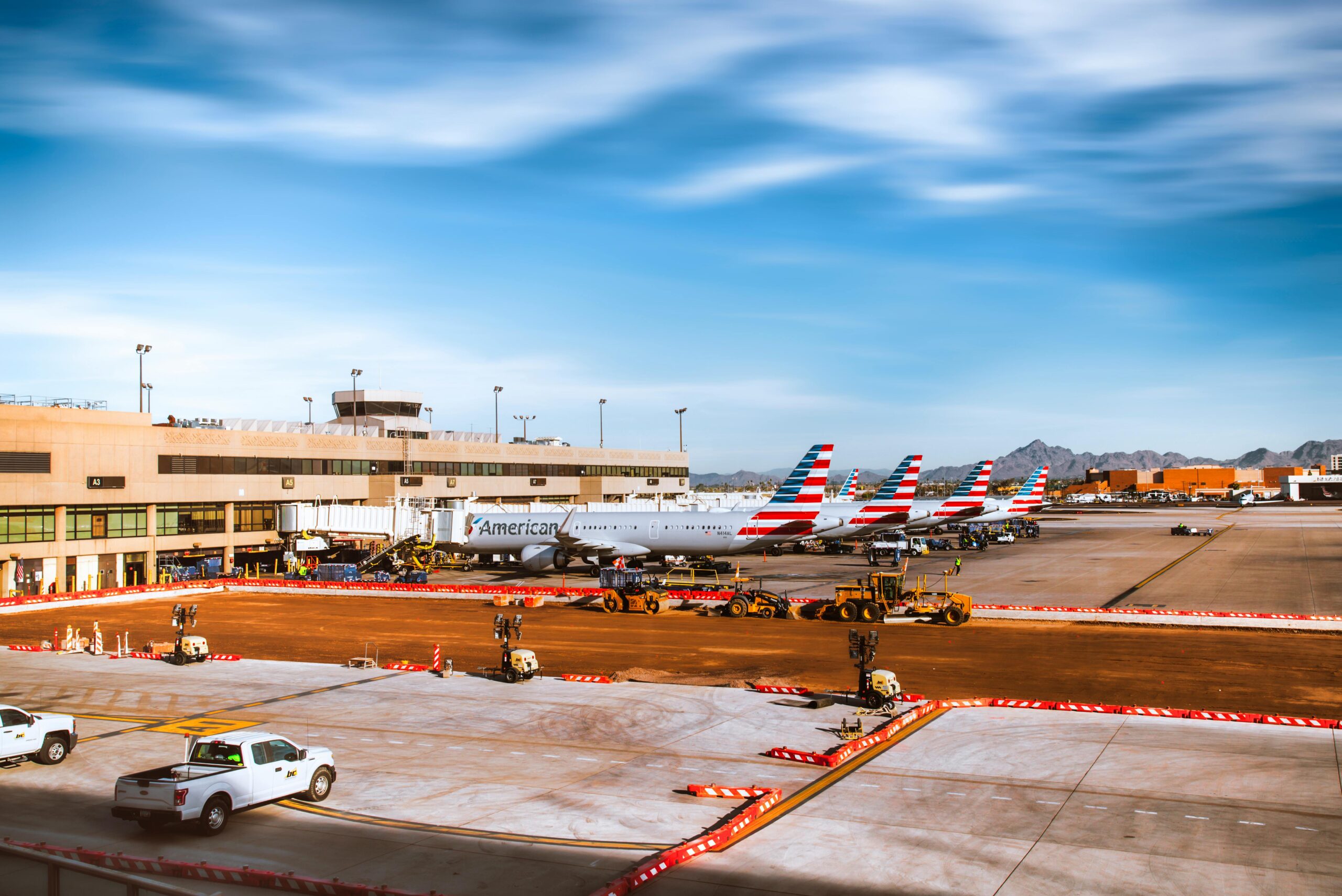A recent incident involving an American Airlines Bombardier CRJ900 has sent shockwaves through the aviation community and raised concerns over tarmac safety and operational protocols. Occurring at JFK International Airport as the flight prepared for its route to Washington, D.C.—with several Congressional members among the passengers—the incident led to abrupt onboard movements that resulted in injuries to multiple travelers.

Incident Overview
According to eyewitness accounts and preliminary statements from the airline, the flight encountered a sudden, unexpected jolt while taxiing on the tarmac at JFK International Airport. Emergency services responded swiftly, and passengers who sustained injuries—ranging from minor bruises to more noticeable strains—were promptly assisted. Among those affected were several Congressional members, intensifying the public and media scrutiny surrounding the event.
Initial findings suggest that the incident may have been triggered by a technical malfunction or an unexpected operational error during the aircraft’s ground movement. The Bombardier CRJ900, known for its efficiency on regional routes, has otherwise maintained a strong safety record, prompting investigators to delve into both mechanical and procedural factors.
Timeline and Response
- Pre-Flight Phase: The flight was scheduled for a routine departure from JFK International, carrying a diverse group of passengers, including high-ranking government officials.
- Tarmac Incident: As the plane was taxiing, passengers reported a sudden, forceful jolt that caused unsecured items to shift and led to some individuals losing their balance. In-cabin turbulence of this nature on the ground is atypical for a CRJ900.
- Immediate Actions: Crew members initiated standard emergency protocols. Flight attendants assisted passengers with minor injuries, and emergency medical personnel were on standby.
- Investigation Launch: The Federal Aviation Administration (FAA), in collaboration with airport authorities and American Airlines, launched a full-scale investigation. A preliminary review is examining maintenance logs, pilot communications, and any anomalies in the aircraft’s systems.
Potential Contributing Factors
Experts and aviation analysts are considering several factors that could have played a role:
- Technical Malfunction: A fault in the aircraft’s control systems or braking mechanism could have led to the abrupt movement.
- Operational Error: Miscommunication between ground control and the flight crew might have resulted in incorrect taxiing commands.
- External Influences: Weather conditions and runway surface conditions at JFK, although not initially noted as severe, are also under review.
Each of these elements is being meticulously investigated to ensure a comprehensive understanding of the event.
Impact on Passengers and Aviation Confidence
The incident not only disrupted what was slated to be a routine journey but also underscored the inherent risks associated with ground operations in busy airports. For the affected passengers, including Congressional members, even minor injuries can lead to concerns about overall aviation safety and operational preparedness.
American Airlines has reiterated its commitment to passenger safety, assuring the public that all necessary measures are being taken to address the issue. The airline is cooperating fully with the FAA’s investigation and is reviewing its ground operation protocols to prevent a recurrence of similar incidents.

Broader Implications for Aviation Safety
This event has sparked broader discussions on the safety of ground operations for regional jets and the need for enhanced training and maintenance protocols. It serves as a reminder of the importance of rigorous safety checks and effective communication between pilots, ground control, and airline operators. The outcome of the FAA investigation is expected to provide valuable insights that could lead to industry-wide changes to better safeguard passengers during all phases of flight operations.
Frequently Asked Questions
Q: What happened during the incident at JFK International Airport?
A: While taxiing on the tarmac at JFK International, an American Airlines Bombardier CRJ900 experienced a sudden jolt, which resulted in injuries to several passengers, including Congressional members.
Q: What type of aircraft was involved in this incident?
A: The incident involved a Bombardier CRJ900, a popular regional jet known for its efficiency on short- to medium-haul routes.
Q: Were there any serious injuries reported?
A: Initial reports indicate that injuries ranged from minor bruises to strains. Emergency services responded quickly, and affected passengers received prompt care.
Q: Which authorities are investigating the incident?
A: The Federal Aviation Administration (FAA) has launched a full investigation, working in conjunction with JFK International Airport authorities and American Airlines.
Q: What are the potential causes of the incident?
A: Investigators are looking into several factors, including technical malfunctions, possible operational errors, and external influences such as weather or runway conditions.
Q: How is American Airlines responding to the incident?
A: American Airlines is cooperating fully with the FAA investigation, reviewing its ground operation protocols, and reaffirming its commitment to passenger safety.
Q: Does this incident affect flights beyond this one?
A: While this incident is currently isolated, the findings from the investigation may lead to broader reviews of safety practices in ground operations across the industry.
Q: What should passengers do if they experience similar issues in the future?
A: Passengers are encouraged to report any concerns to airline staff immediately and follow all safety instructions provided by the crew during emergencies.
Q: How common are such incidents on the tarmac?
A: Incidents like this are rare, and commercial aircraft typically operate safely on the ground. This event has prompted a thorough investigation to understand the specifics in this case.
Q: When will more information be available?
A: The FAA and American Airlines are expected to release further details once the investigation has progressed and more conclusive findings are available.

Conclusion
The tarmac incident involving an American Airlines Bombardier CRJ900 at JFK International Airport is a stark reminder of the challenges involved in managing ground operations at busy airports. While the event resulted in some injuries and is currently under thorough investigation by the FAA, industry experts emphasize that such occurrences are rare. The ultimate aim of the investigation is to strengthen operational protocols and ensure that all flights, regardless of their phase of operation, maintain the highest safety standards—restoring confidence in air travel for all passengers.
Sources Komo News


